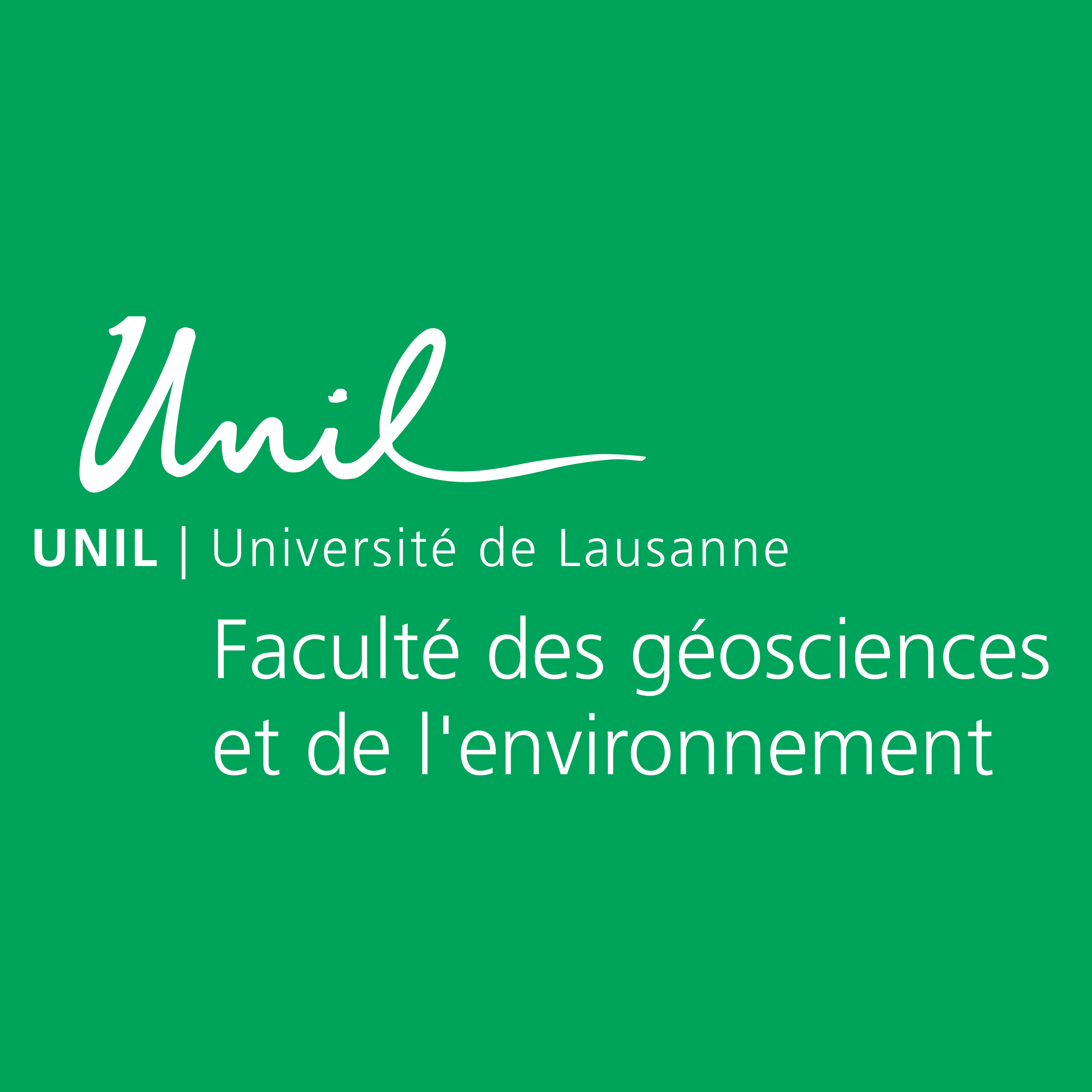The complexity of structure, strategy and decision making

b'Prof. Peter ALLEN, Cranfield University, United Kingdom. Many spatial models are really \\u2018fitted descriptions\\u2019 of spatial changes that have occurred. In order to have a deeper and possibly more long term understanding of what is going on, or may happen, it is necessary to represent the behaviours, interactions and circumstances of the different agents within the system and to explore not only how their locations and size may change, but also how their activities, technologies, needs and requirements may change over time. This presentation looks at how complex systems models attempt to do this, and how this led to \\u2018multi-agent\\u2019 models several decades ago. The different types of agent are distributed spatially across the transport and communication networks of a region, both responding to, and shaping these over time. The models then show different possible patterns of spatial organization that can emerge, and allow us to see how stable different possible trajectories might be. Such models can form the basis of a \\u2018learning\\u2019 community, city or region where modellers, institutions, organizations and firms try to experiment and learn together about the possibilities that are open to them. This underlines the problems of finding successful levels of evaluation for decisions and policies and making operational models that reflect the spatial realities of subsidiarity for different phenomena and issues.'